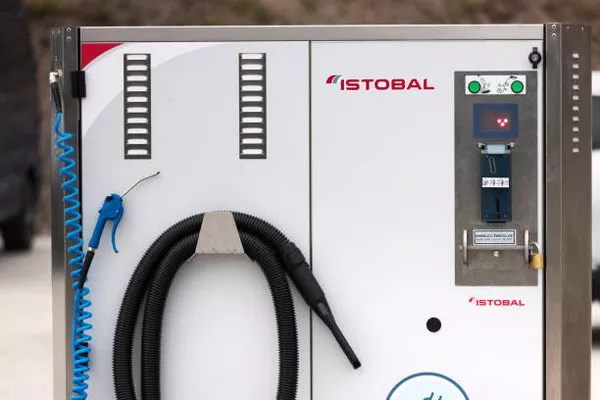In an era defined by technological innovation and a relentless pursuit of convenience, automatic generators have emerged as stalwarts of modern living. These silent sentinels stand ready to deliver a seamless power supply, stepping in when the grid falters and ensuring uninterrupted operations for homes, businesses, and critical infrastructure. Delving into the intricacies of how automatic generators function unveils a symphony of engineering marvels that safeguard our reliance on continuous power.
The Core Mechanism: Fuel-Powered Engines
At the heart of an automatic generator lies the fuel-powered engine, an engineering masterpiece designed to convert chemical energy into mechanical power. Commonly fueled by diesel, natural gas, propane, or gasoline, these engines initiate the energy generation process. Once the power grid experiences a disruption, the automatic generator’s sensors detect the interruption and prompt the engine to spring into action. The precision of this response ensures that critical systems remain operational without a moment’s interruption.
Synchronization and Voltage Regulation
As the engine revs to life, it propels the generator’s rotor, which is enveloped by a magnetic field. The interaction between the rotating rotor and the magnetic field results in the generation of electricity through electromagnetic induction. However, the electricity generated in this process is alternating current (AC), which needs to be synchronized and regulated before it can be channeled into the power distribution system.
Automatic generators achieve this synchronization through a complex system of voltage regulators and control panels. These components ensure that the generated electricity matches the parameters of the grid’s existing supply, preventing power surges or imbalances. Voltage regulators adjust the output voltage to a stable level, guaranteeing a seamless transition when the generator takes over the power supply.
Transfer Switches: The Orchestrators of Transition
One of the defining features of automatic generators is their ability to assume the power supply mantle seamlessly. This responsibility falls on the shoulders of transfer switches – devices that monitor the power grid and the generator’s output. When the transfer switch senses a disruption in the grid’s supply, it instantaneously commands the generator to start. Simultaneously, it disconnects the premises from the grid, ensuring that the generator’s power doesn’t feed back into the grid, a phenomenon known as islanding.
The transition orchestrated by the transfer switch occurs within milliseconds, enabling critical systems to continue functioning without a perceptible interruption. It is this rapid synchronization of power sources that underscores the reliability of automatic generators in emergency scenarios.
Load Balancing and Intelligent Distribution
In scenarios where the generator is required to power multiple appliances or systems simultaneously, load balancing takes center stage. Automatic generators are engineered to handle diverse loads, ranging from minimal household demands to the more significant requirements of commercial and industrial establishments.
Load balancing is achieved through an intelligent distribution system that monitors the electricity demand of different components connected to the generator. This system optimally allocates the available power based on predefined priorities. For instance, during a power outage, an automatic generator may first direct power to critical systems such as medical equipment, refrigeration units, or communication systems before channeling power to less essential appliances.
Engine Monitoring and Self-Diagnosis
The hallmark of a reliable automatic generator is its ability to perform self-diagnostics and real-time monitoring. The engine’s health and performance are constantly assessed through an array of sensors that track parameters like temperature, oil pressure, fuel levels, and battery status. If any anomalies are detected, the generator’s control system can initiate corrective actions or, in extreme cases, shut down the engine to prevent damage.
Additionally, many modern automatic generators are equipped with remote monitoring capabilities. Through web-based interfaces or mobile applications, users can keep a vigilant eye on the generator’s status, receive alerts about maintenance needs, and even initiate start-up or shut-down commands from a distance.
Conclusion: Reliability Amidst Uncertainty
In a world where uninterrupted power is not just a convenience but a necessity, automatic generators stand as dependable guardians of continuity. Their seamless transition, intelligent load management, and self-diagnostic capabilities are testimony to the ingenuity of engineering that aims to mitigate the impact of power disruptions.
By understanding the intricate interplay of fuel-powered engines, voltage regulation, transfer switches, load balancing, and real-time monitoring, we unveil the symphony that underscores an automatic generator’s operation. These silent heroes continue to empower homes, businesses, and essential infrastructure, ensuring that the modern world remains resilient in the face of unforeseen challenges.

